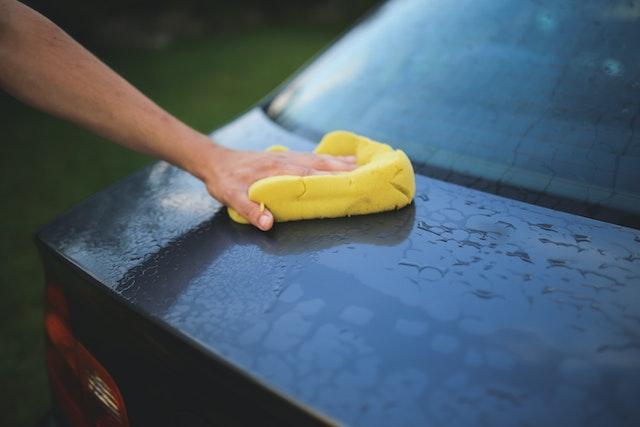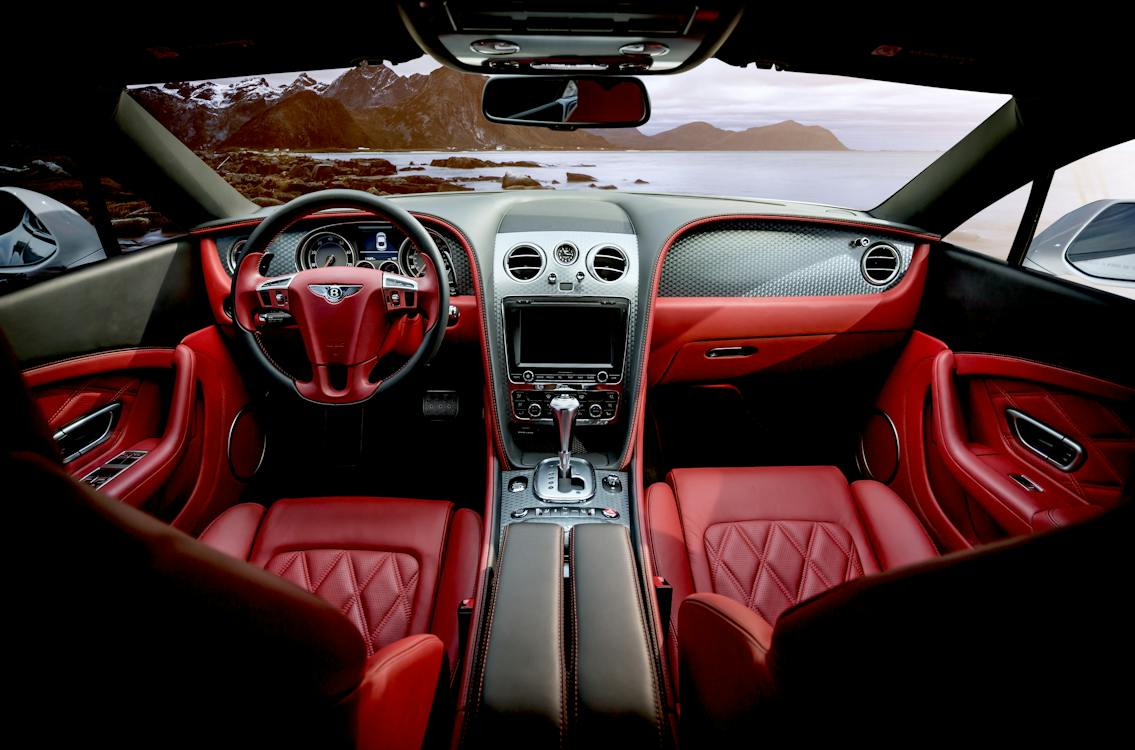Your car is one of the most precious assets. That is why consistent work is needed to keep your car’s resale value high so you can sell it at a competitive price. Here is a detailed guide to help you keep your car’s value over time, from routine maintenance to wise decisions.
Routine Maintenance and Servicing
Regular maintenance is essential to keeping your car’s resale value high. It is crucial to adhere to the recommended maintenance schedule provided by the manufacturer, which includes steps like oil changes, fluid inspections, tire rotations, and brake inspections. To demonstrate to potential buyers that your car has been well-maintained and given consistent care throughout its life, it is crucial to preserve full records of all service procedures. These records provide irrefutable evidence of the vehicle’s service history, assuring its prospective performance. Regular upkeep not only keeps your automobile in good working order but also conveys to purchasers that the car has been well-cared for, raising the perceived worth of the car.
Keep Mileage in Check
Excessive mileage may have a negative influence on your car’s resale value. Try to cut back on unnecessary long journeys and consider other modes of transport, especially for daily commutes. If you can, combine chores to save on travel time. You should be aware that prospective buyers are lured to cars with lower mileage because they think they will last longer and sustain less wear and tear. Low mileage portrays your vehicle as a well-kept purchase with a longer anticipated lifespan. Lower mileage increases resale value and adds to the car’s appeal by showing that it hasn’t been put through as much wear and tear.
Protect the Exterior and Interior
The upkeep of your car’s beauty must be maintained at all costs. Regularly treating the outside with thorough cleaning and waxing helps to protect the paint from the effects of the outdoors. If possible, park your car in a covered place or use metal carports to shield it from the damaging effects of the sun, which can cause the paint to fade and the inside to deteriorate. This proactive measure ensures that your vehicle remains shielded from the elements, preserving its exterior finish and preventing interior damage. Consider applying paint protection film to areas prone to rock chips and scratches for an additional layer of defense. Utilizing seat coverings and floor mats inside protects against stains and damage, maintaining the interior’s spotless appearance.
Choose Quality Upgrades and Modifications
The appeal of customizing your car is clear, but you need to go with aftermarket modifications carefully. Consider improvements that boost convenience or performance without compromising the vehicle’s integrity. Exercise caution and avoid changes that can compromise the vehicle’s warranty or reduce its prospective resale value. By carefully selecting enhancements, you raise the vehicle’s appeal to prospective purchasers who value stylish additions that complement the vehicle’s original appearance and function.
Maintain Comprehensive Service Records
A library of thorough service records is essential for demonstrating how well-maintained your car is. These thorough documents provide a comprehensive description of the car’s history and the maintenance it has undergone throughout the years. You demonstrate your dedication to maintaining it by including invoices for various services, such as changing the oil, maintenance, repairs, and part replacements. A thorough service record boosts customer trust and could increase the car’s resale value by reassuring purchasers of its dependability and good condition.
Choose a Resale-Friendly Color
While personal tastes will inevitably influence your choice of car color, it’s a good idea to consider prospective purchasers’ preferences. Choose colors that have widespread popularity on the secondary market. Due to their adaptability and classic appeal, neutral colors like white, black, and silver are frequently in high demand.
Conversely, choosing unusual and very particular colors could unintentionally reduce your pool of customers, which might impact the car’s resale value. By choosing a well-liked and popular color, you boost your chances of attracting a larger spectrum of consumers who find the vehicle’s appearance appealing.
Conclusion
In conclusion, maintaining your car’s resale value involves equal proactive upkeep, thoughtful decisions, and attention. You can make sure that your car will still be worth something when it comes time to sell or trade it in by prioritizing regular servicing, watching your mileage, safeguarding the exterior and interior, selecting high-quality improvements, keeping track of your service history, and considering resale-friendly colors.



